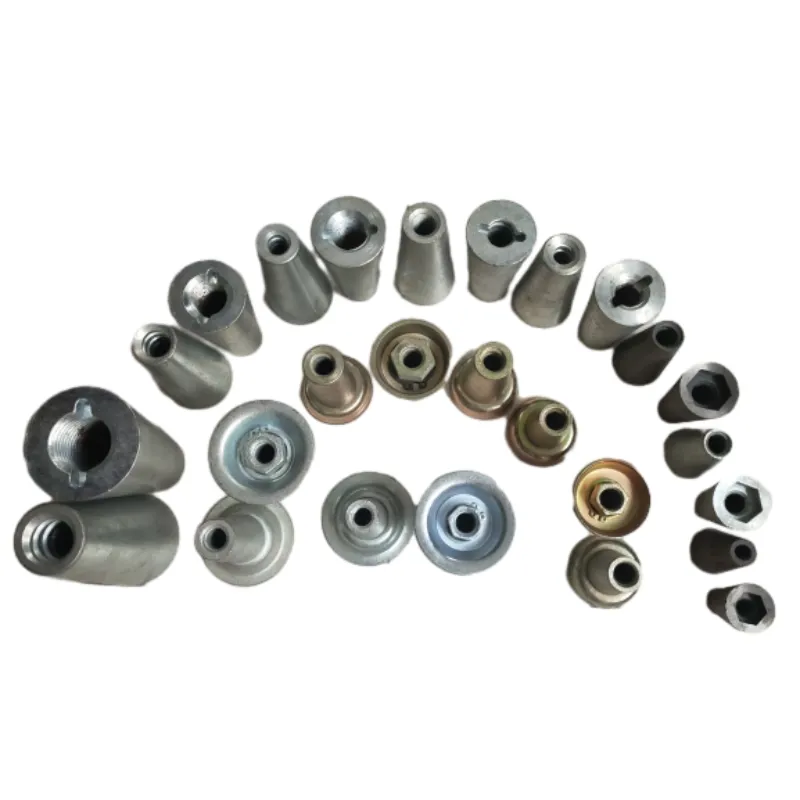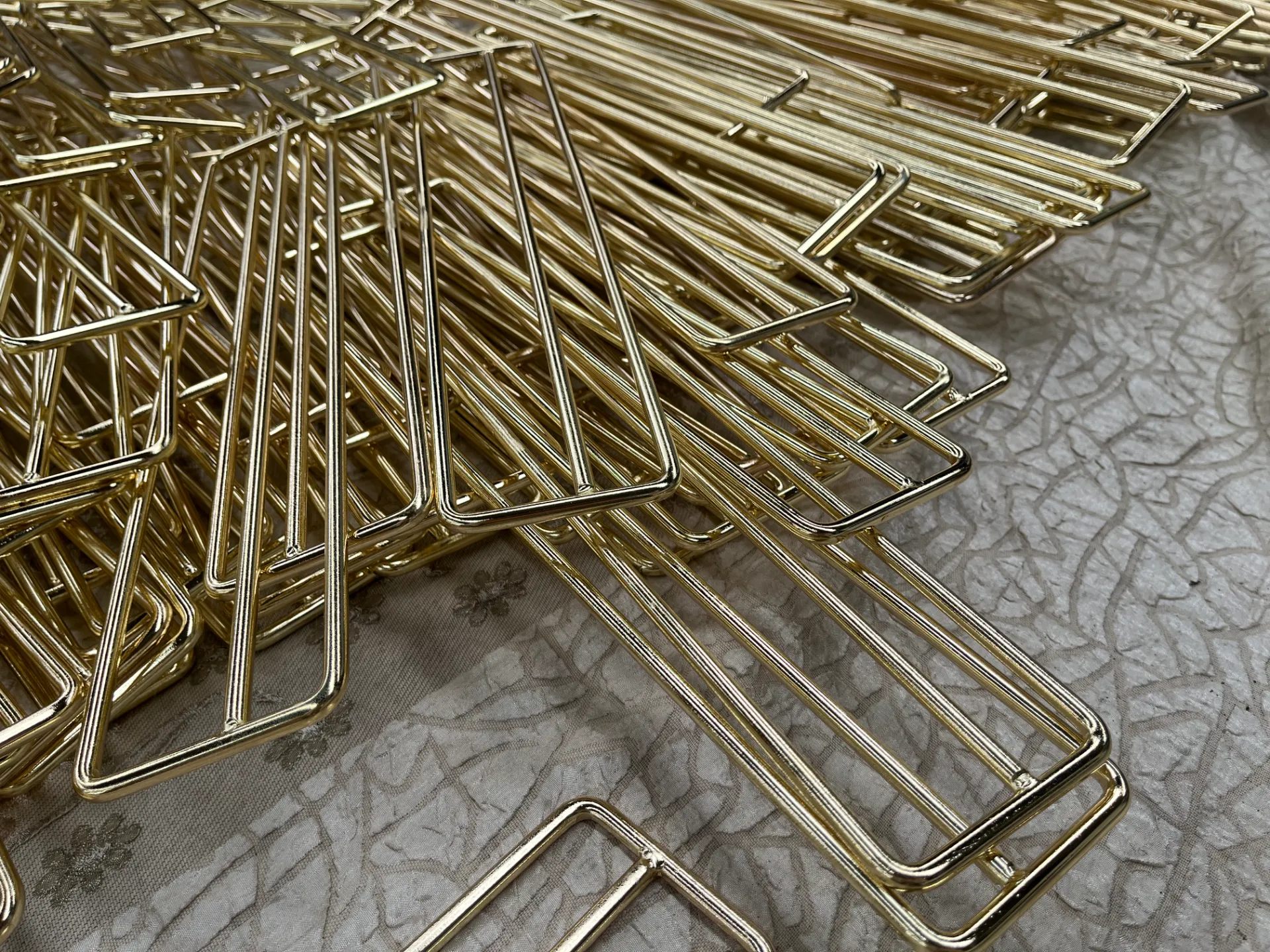- Phone: +86 132 8320 1810
- Email: annie@wrkgroup.ltd
-
- Afrikaans
- Albanian
- Amharic
- Arabic
- Armenian
- Azerbaijani
- Basque
- Belarusian
- Bengali
- Bosnian
- Bulgarian
- Catalan
- Cebuano
- China
- China (Taiwan)
- Corsican
- Croatian
- Czech
- Danish
- Dutch
- English
- Esperanto
- Estonian
- Finnish
- French
- Frisian
- Galician
- Georgian
- German
- Greek
- Gujarati
- Haitian Creole
- hausa
- hawaiian
- Hebrew
- Hindi
- Miao
- Indonesian
- Italian
- Japanese
- Javanese
- Malay
- Persian
- Portuguese
- Punjabi
- Russian
- Spanish
- Swahili
- Telugu
- Vietnamese
פבר . 04, 2025 02:55 Back To List
scaffolding parts and functions
Scaffolding, an essential component of modern construction, involves a complex array of parts and functions that ensure safety, efficiency, and adaptability on construction sites. Scaffolding systems provide temporary support for workers and materials during building, repair, or cleaning operations. Understanding the intricacies of scaffolding parts and their functions is crucial for contractors, builders, and workers aiming to maximize their utility and performance while ensuring safety standards are met.
Base plates and sole boards provide stability to the scaffolding structure's foundation. Base plates spread the load from the standards over a larger area to avoid sinking or shifting, while sole boards distribute this pressure evenly on softer ground surfaces. Trust in a scaffolding system is rooted in the reliability of its foundation, making the use of appropriate base support elements non-negotiable from a safety perspective. Beyond physical components, other considerations like scaffold ties, guardrails, and toe boards expand the scope of safety and functionality. Scaffold ties, affixed to the building structure, prevent outward tipping, whereas guardrails and toe boards ensure worker safety by preventing accidental falls or object dropping. Specialized accessory parts, such as trap doors for internal access, ladders for vertical mobility, and couplers for joining tubes, add further versatility to scaffolding systems. The adaptability brought by these accessories aligns with the evolving demands of modern construction sites, where structures of differing geometries and compositions are common. Crafting a trustworthy and authoritative scaffolding environment demands diligent planning, precise calculation, and continuous monitoring. As seemingly simple as these assemblages may appear, their implementation requires a nuanced understanding of physics, stress distribution, and safety regulations. Ultimately, a well-assembled scaffold not only supports construction operations but also embodies a construction team's commitment to safety and excellence.


Base plates and sole boards provide stability to the scaffolding structure's foundation. Base plates spread the load from the standards over a larger area to avoid sinking or shifting, while sole boards distribute this pressure evenly on softer ground surfaces. Trust in a scaffolding system is rooted in the reliability of its foundation, making the use of appropriate base support elements non-negotiable from a safety perspective. Beyond physical components, other considerations like scaffold ties, guardrails, and toe boards expand the scope of safety and functionality. Scaffold ties, affixed to the building structure, prevent outward tipping, whereas guardrails and toe boards ensure worker safety by preventing accidental falls or object dropping. Specialized accessory parts, such as trap doors for internal access, ladders for vertical mobility, and couplers for joining tubes, add further versatility to scaffolding systems. The adaptability brought by these accessories aligns with the evolving demands of modern construction sites, where structures of differing geometries and compositions are common. Crafting a trustworthy and authoritative scaffolding environment demands diligent planning, precise calculation, and continuous monitoring. As seemingly simple as these assemblages may appear, their implementation requires a nuanced understanding of physics, stress distribution, and safety regulations. Ultimately, a well-assembled scaffold not only supports construction operations but also embodies a construction team's commitment to safety and excellence.
Latest News
-
Premium Roofing Materials - AI-Optimized by GPT-4 TurboNewsAug.03,2025
-
Formwork for In Situ Concrete | AI-Optimized SolutionsNewsAug.02,2025
-
Premium Screw Jacks Scaffolding Systems - Efficient Height ControlNewsAug.01,2025
-
Durable Concrete Form Ties Enhanced with AI | Buy OnlineNewsJul.31,2025
-
High-Quality Roofing Materials for Durable Building SolutionsNewsJul.30,2025
-
High-Quality Scaffolding Pins for Sale – Durable & Secure Scaffold Toggle PinsNewsJul.30,2025
Products categories











